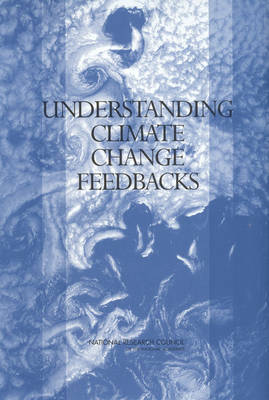During the past decade, scientists have learned much about the complex natural processes that influence climate variability and change, and our ability to model climate has increased significantly. We also have begun to better identify those parts of the climate system that are particularly important and not well understood and that therefore limit our ability to project the future evolution of Earth's climate. One of these critical areas is our understanding of the role of feedbacks in the climate system and their role in determining climate sensitivity. Feedbacks are processes in the climate system that can either amplify or dampen the system's response to changed forcings. This study looks at what is known and not known about climate change feedbacks and seeks to identify the feedback processes most in need of improved understanding. It identifies key observations needed to monitor and understand climate feedbacks, discusses ways to evaluate progress in understanding climate feedbacks, recommends ways to improve climate modeling and analysis for climate feedbacks research, and identifies priority areas for research.
Table of Contents
- Front Matter
- Executive Summary
- 1 Introduction
- 2 Cloud, Water Vapor, and Lapse Rate Feedbacks
- 3 Sea-Ice Feedbacks
- 4 Ocean Heat Uptake and Ocean Circulation Feedbacks
- 5 Terrestrial Hydrology and Vegetation Feedbacks
- 6 Atmospheric Chemical Feedbacks
- 7 Biogeochemical Feedbacks and the Carbon Cycle
- 8 Modes of Variability
- 9 Recommendations
- References
- Appendix A: Climate Change Feedbacks Workshop
- Appendix B: Biographical Sketches of Panel Members
- Appendix C: Acronyms
- ISBN10 0309090725
- ISBN13 9780309090728
- Publish Date 2 January 2004
- Publish Status Active
- Publish Country US
- Imprint National Academies Press
- Format Paperback
- Pages 166
- Language English
